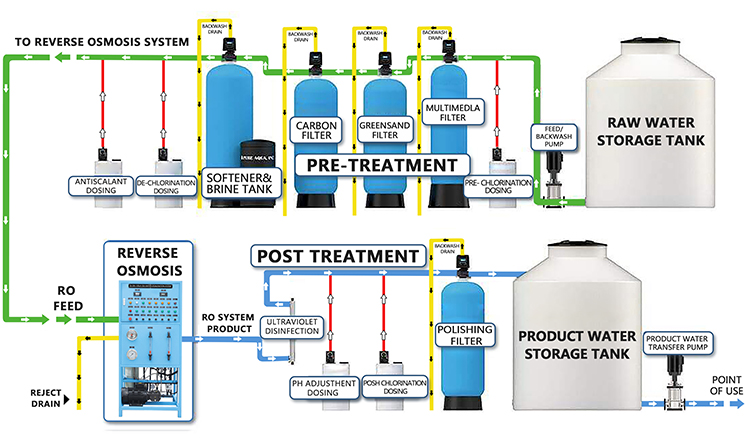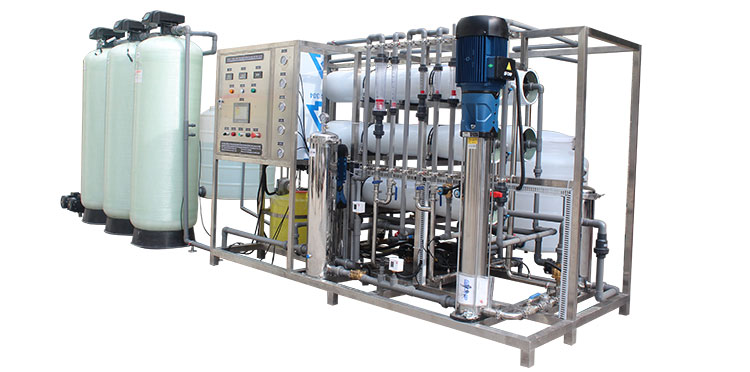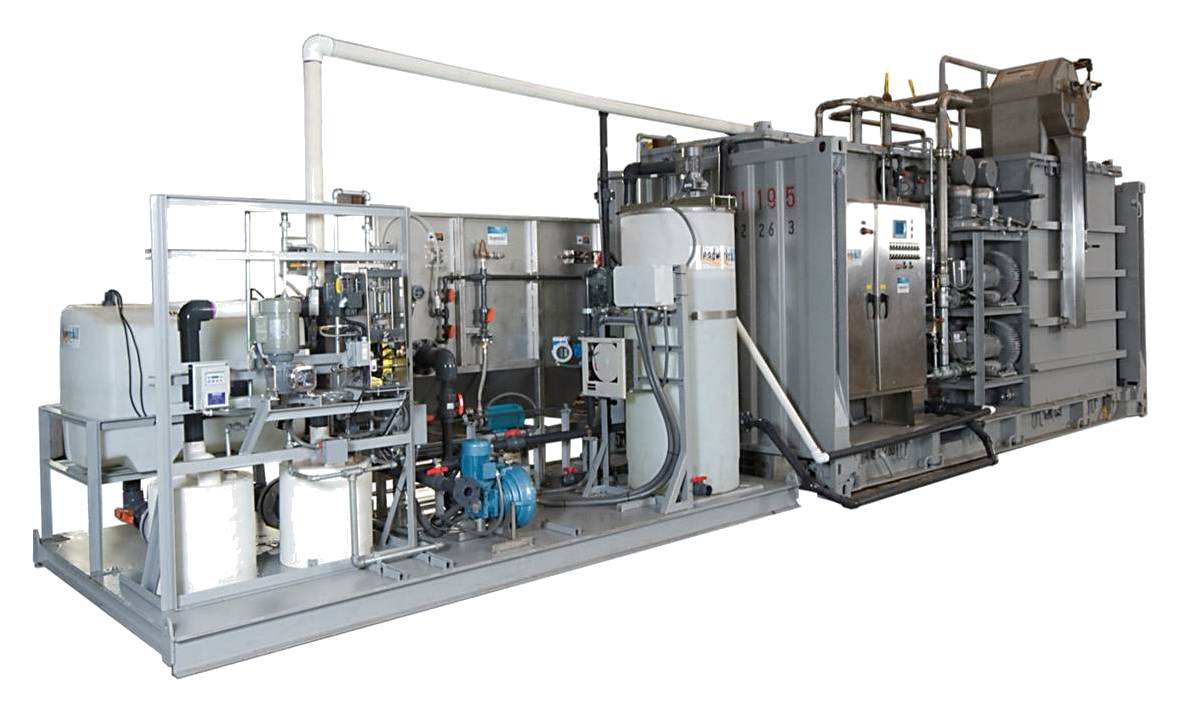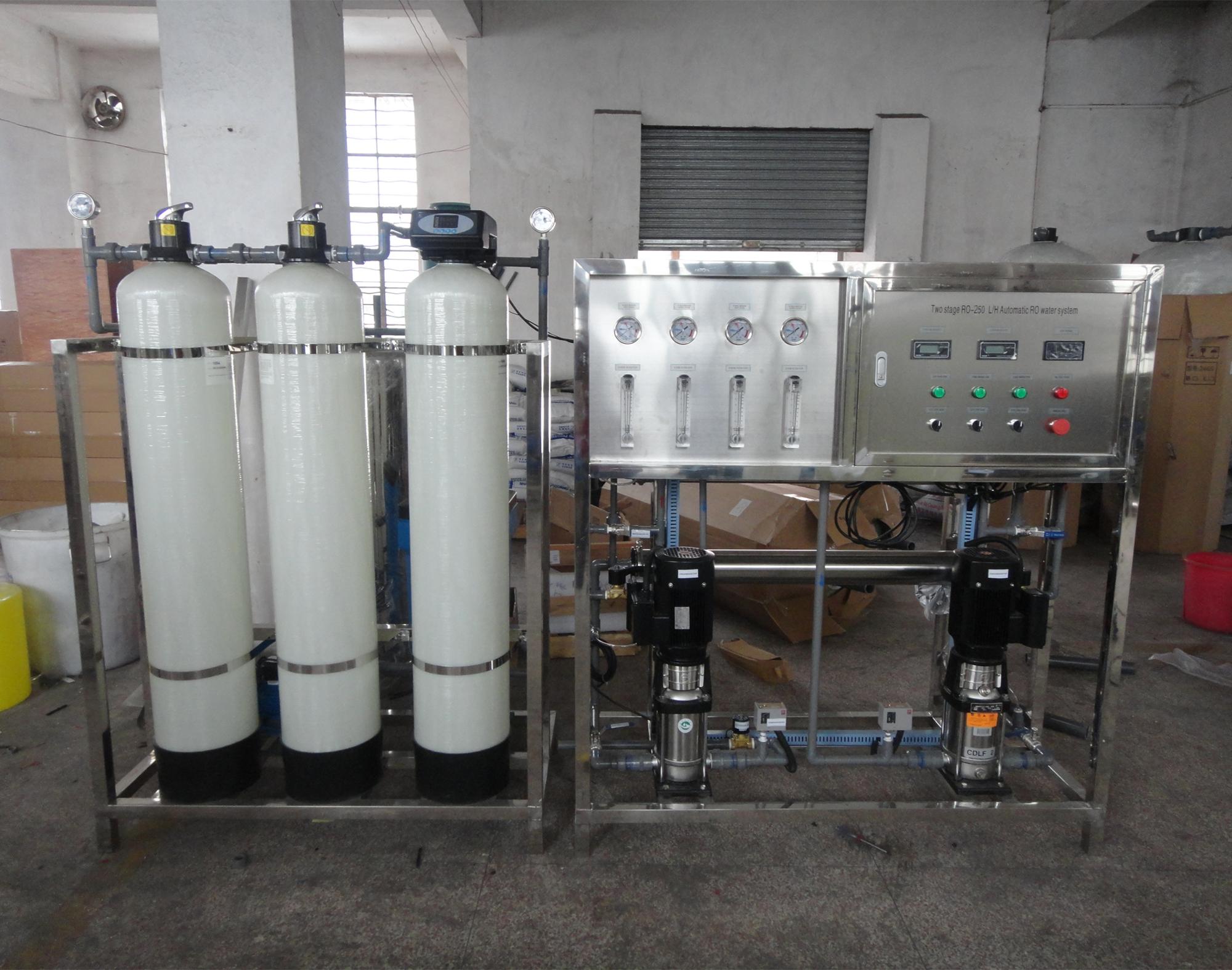Can reverse osmosis water purifier remove microplastics?
With today's increasingly serious environmental pollution, people are paying more and more attention to water quality. In particular, the potential impact of tiny particles such as microplastics on human health has attracted widespread attention. So, can reverse osmosis water purifier effectively remove microplastics? Let’s explore it.
1. Working principle of reverse osmosis system
First, we need to understand how a reverse osmosis system works. Reverse osmosis system is a water treatment technology that separates solutes and solvents in water through a semipermeable membrane. In the reverse osmosis water purifier, when water passes through the semipermeable membrane, solutes (such as microplastics, heavy metals, bacteria, etc.) are blocked outside the membrane, while pure water enters the water collection pipe through the membrane pores.
2. Effectiveness of reverse osmosis system in removing microplastics
Reverse osmosis systems are widely recognized as a highly efficient water treatment technology that can effectively remove a wide range of contaminants and impurities from water. Microplastics are tiny particles, usually between 5 microns and 1 millimeter in diameter, and are easily blocked by reverse osmosis membranes. Therefore, reverse osmosis water purifier can remove microplastic particles in water to a certain extent.

Is reverse osmosis water purifier suitable for home use?
The reverse osmosis water purifier has many advantages for home use, such as efficient filtration capacity and convenient installation and maintenance, but it also needs to consider its disadvantages such as waste of water resources and high cost. Therefore, when choosing whether to install a reverse osmosis water purifier, families need to comprehensively consider their own needs and conditions, as well as the actual effect and cost of the water purification equipment and other factors.
First of all, the reverse osmosis water purifier has high-efficiency filtration capabilities and can remove a variety of pollutants in the water, including microplastics, heavy metals, bacteria, etc. This makes reverse osmosis water purifier an ideal choice for household water purification equipment, especially for those areas or households with poor water quality.
Secondly, the reverse osmosis water purifier is relatively simple and convenient to install and maintain. Once installed, regular filter replacement and simple cleaning and maintenance are all you need to keep it running properly. This is very convenient for home users. However, reverse osmosis water purifier also has some disadvantages. For example, the filtration process will waste a certain amount of water and also consume a certain amount of energy. In addition, reverse osmosis systems are more expensive to install, which can put a strain on some families' budgets.

Is reverse osmosis water purifier the most effective way to remove microplastics?
1. High-efficiency filtration of RO system
Reverse osmosis water purifier is considered one of the most effective ways to remove microplastics. The semi-permeable membrane of the RO system can effectively block tiny particles, including microplastics, thereby producing pure drinking water. In contrast, other water treatment methods, such as activated carbon filters or regular filters, may not completely remove microplastics.
2. Ensure household drinking water safety
Use reverse osmosis water purifier to ensure the safety of household drinking water. Microplastics may pose potential risks to human health, and the RO system can effectively reduce the intake of microplastics, thereby reducing potential health risks.
3. Comprehensive water purification
In addition to removing microplastics, reverse osmosis systems can also remove other contaminants from water, ensuring the purity and safety of household water. This makes RO systems ideal for protecting your home's health.

How efficient is the reverse osmosis water purifier in removing microplastics?
1. Removal efficiency is related to membrane pore size
The removal efficiency of reverse osmosis water purifier is closely related to the size of the membrane pores. Generally speaking, the pore size of the reverse osmosis membrane is very small and can block most microplastic particles, but there may still be some smaller microplastic particles entering the water collection pipe through the membrane pores.
2. Importance of pre- and post-processing
In order to further improve the removal efficiency of reverse osmosis water purifier for microplastics, pre- and post-treatment are very important. Installing pre-treatment equipment before the reverse osmosis system, such as particle filters, activated carbon filters, etc., can reduce the number of microplastic particles, thereby reducing the pressure on the reverse osmosis membrane and improving the stability and removal efficiency of the system. At the same time, installing post-treatment equipment after the reverse osmosis system, such as activated carbon filters, ultraviolet sterilizers, etc., can further improve the quality and safety of drinking water.
3. Regular maintenance
Regular maintenance of the reverse osmosis water purifier is also the key to ensuring its removal efficiency. Timely replacement of reverse osmosis membranes, cleaning filters, adjusting system parameters, etc. can maintain the normal operation of the system and maximize the removal efficiency.

How to choose a reverse osmosis water purifier suitable for home use?
1. Consider household water consumption
First, you need to consider your household’s water consumption. Depending on the number of family members and daily water needs, choose the reverse osmosis water purifier of appropriate specifications to meet the family's drinking and domestic water needs.
2. Understand water quality conditions
Secondly, you need to understand the water quality of your home. Water quality varies in different areas, and the water in some areas may contain more microplastics and other pollutants. Choose the appropriate reverse osmosis water purifier according to the water quality to ensure the safety and health of drinking water.
3. Consider equipment quality and after-sales service
Finally, you need to consider the quality of the equipment and after-sales service. Choose a well-known brand and reverse osmosis water purifier manufacturer with a good reputation to ensure the reliability of product quality and after-sales service, and provide long-term and stable water protection for families.
Through the above choices, families can choose a reverse osmosis water purifier that suits them, thereby effectively removing microplastics and other pollutants in the water and ensuring healthy drinking water for their families.






